Introduction
Have you ever wondered what gives a garment its structure, shape, and that professional finish? The answer often lies in a hidden hero: interlining nonwoven fabrics. These versatile materials play a crucial role in various industries, from fashion and footwear to automotive and more.
This comprehensive guide delves into the world of interlining nonwovens, exploring their types, applications, and the key factors to consider when choosing the right one for your specific project.
What are Interlining Nonwoven Fabrics?
Interlining nonwovens are fabrics engineered from fibers bonded together without weaving or knitting. Unlike traditional woven fabrics, nonwovens derive their strength and integrity from mechanical, thermal, or chemical bonding processes. This unique construction gives them a wide range of desirable properties, including:
- Bonding Strength: Excellent resistance to tearing and abrasion.
- Breathability: Allows air to circulate, enhancing comfort.
- Thermal Insulation: Provides warmth and helps regulate temperature.
- Dimensional Stability: Resists shrinking and stretching, maintaining shape.
Types of Interlining Nonwoven Fabrics
Interlining nonwovens come in various forms, each with unique characteristics and applications:
1. Fusible Nonwoven Interlining
Fusible nonwoven interlining is pre-coated with an adhesive that activates with heat. This allows for easy application using a heat press or iron, making it ideal for:
- Garment Interlining: Providing structure to collars, cuffs, plackets, and waistbands in shirts, jackets, and dresses.
- Clothing Interlining: Reinforcing seams, stabilizing knit fabrics, and adding body to lightweight materials.
How to Apply Fusible Nonwoven Interlining:
- Place the interlining, adhesive side down, on the wrong side of the fabric.
- Cover with a pressing cloth.
- Apply heat with an iron or heat press according to the manufacturer’s instructions.
2. Sew-in Nonwoven Interlining
As the name suggests, sew-in nonwoven interlining is stitched into garments for reinforcement and structure. This type is often preferred for:
- Lining Fabrics: Creating a smooth, comfortable inner layer in jackets, coats, and bags.
- Fashion Textiles: Adding volume and drape to skirts, dresses, and other flowing garments.
3. Specialty Nonwoven Interlinings
Beyond these common types, numerous specialty nonwovens cater to specific industries:
- Shoe Interlining: Used in insoles and uppers for comfort, breathability, and support.
- Insole Interlining: Enhances cushioning and moisture-wicking properties in footwear.
- Footwear Materials: Provides reinforcement and shape retention in various shoe components.
- Car Interlining: Found in headliners, door panels, and dashboards for sound insulation and aesthetics.
- Headliner Interlining: Adds structure and a smooth finish to automotive headliners.
- Automotive Textiles: Offers a range of performance benefits, including noise reduction and thermal management.
Key Factors When Choosing Interlining Nonwoven Fabrics
Selecting the right interlining nonwoven fabric is crucial for achieving the desired results in your project. Consider these factors:
- Application: The intended use dictates the type of interlining needed. For instance, fusible interlining is suitable for garment construction, while sew-in interlining works well for lining applications.
- Fabric Type: The weight, weave, and fiber content of the base fabric influence the choice of interlining. Delicate fabrics require lightweight interlinings, while heavier materials need more robust options.
- Weight and Loft: Interlining weight impacts the drape and stiffness of the final product. Loftier interlinings provide more volume and warmth.
- Bonding Strength: Choose an interlining with sufficient bonding strength to withstand the intended wear and tear.
- Breathability: For garments and footwear, breathability is crucial for comfort. Opt for interlinings that allow air circulation.
- Thermal Insulation: Consider thermal insulation properties for applications requiring warmth, such as jackets and outerwear.
- Lamination: Some interlinings come laminated with other materials, such as foam or film, to provide additional functionality.
- Needle Punching: This process enhances the strength, drape, and surface texture of nonwoven interlinings.
Advantages of Using Nonwoven Interlining in Jackets
- Enhanced Structure: Nonwoven interlining provides jackets with the necessary body and shape retention, preventing them from looking limp or shapeless.
- Improved Durability: The added layer of interlining reinforces seams and high-stress areas, increasing the jacket’s lifespan.
- Wind and Water Resistance: Some nonwoven interlinings offer a degree of wind and water resistance, making jackets more suitable for various weather conditions.
- Added Warmth: Interlining with thermal insulation properties adds an extra layer of warmth, making jackets cozier for colder climates.
Best Nonwoven Interlining for Shirts
Choosing the right interlining for shirts depends on the desired outcome:
- For crisp collars and cuffs: Opt for a lightweight, fusible interlining with good bonding strength.
- To add structure to the front placket: A medium-weight, fusible interlining works well.
- For a more relaxed look: Consider a sew-in interlining with a softer drape.
Nonwoven Interlining Manufacturers in India
India boasts a thriving textile industry with numerous reputable nonwoven interlining manufacturers. When sourcing interlining, prioritize manufacturers known for quality, consistency, and ethical practices.
Conclusion
Interlining nonwoven fabrics are essential components in countless applications, providing structure, stability, and enhanced functionality to a wide range of products. By understanding the different types, properties, and key selection factors, you can confidently choose the right interlining for your specific needs.
Contact Us
For all your nonwoven interlining needs, contact Favourite Fab, a leading provider of high-quality interlining solutions.
Email: sale@favouritehub.com
WhatsApp: +91 95288811566
Let us help you find the perfect interlining to elevate your products to the next level!



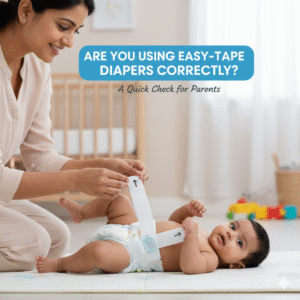
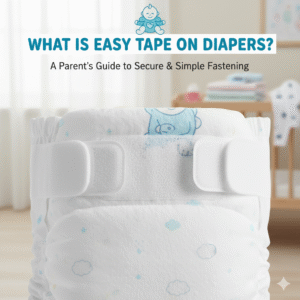
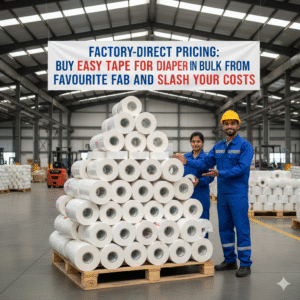
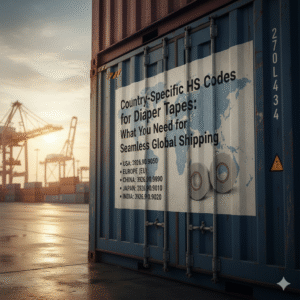

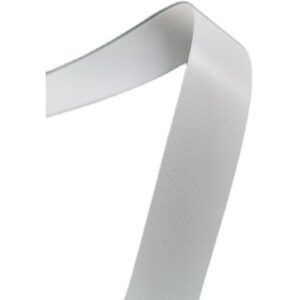
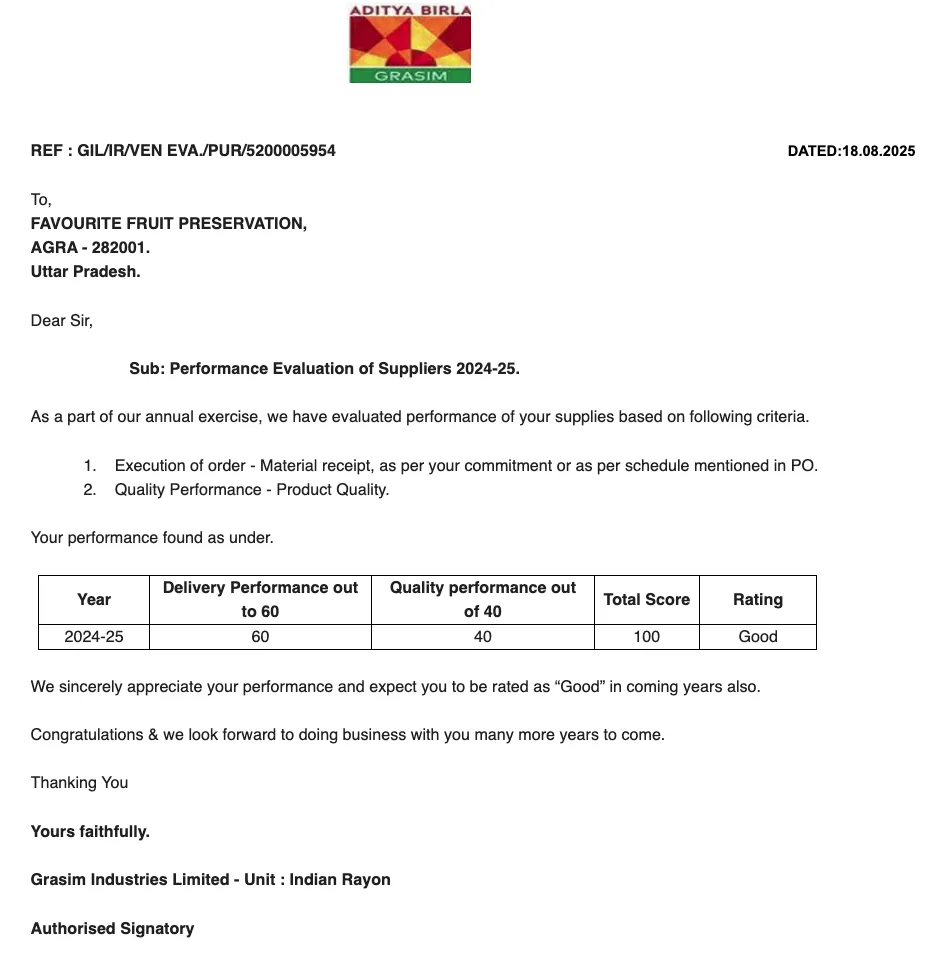




























We Do Business On Trust.Our Nonwoven fabric Business is Built on trust. Trust starts with Transparency.
Mr.Ramniwas Garg Founder Of Favourite Group